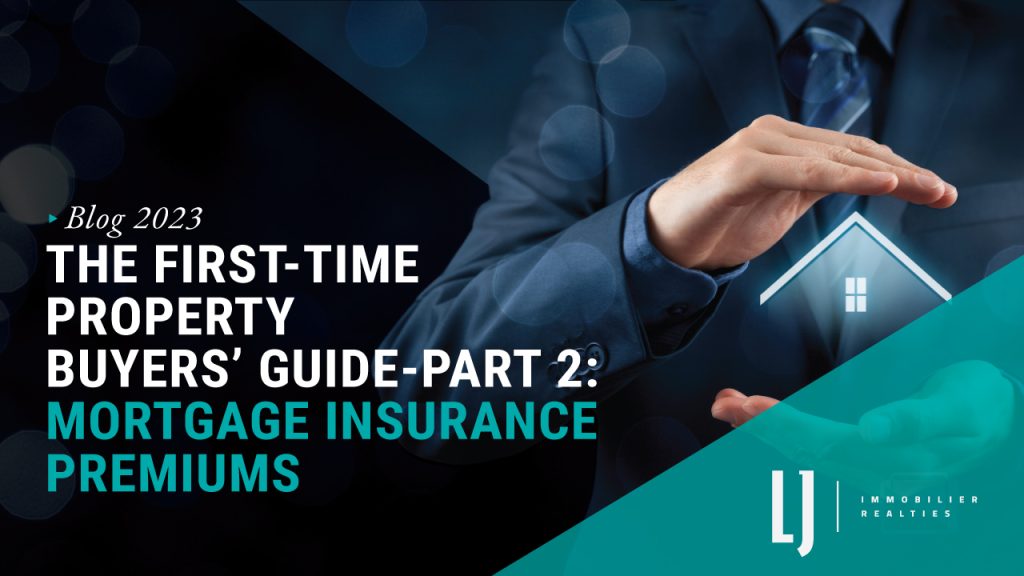
Welcome back for part two of our series for first-time buyers! If you haven’t caught up on part one, you can read it here.
This time, we’ll be talking about your mortgage insurance premium. Why do you need it? What is it for? How does it work?
A mortgage insurance premium is a premium that protects the bank in case you default and cannot pay your mortgage. These insurance premiums are only required when the buyer puts less than 20% down on their purchase.
Canadian banks are very, very risk averse. So, unless you’re paying 20% down, it is considered a risky loan in their eyes. They will still loan you the money, but they will require extra risk protection.
There are a couple of different insurers who deal with mortgage insurance premiums – namely Genworth, CMHC, and Canada Guaranty. It doesn’t really matter which way you go, but 95% of loans in Canada are done through CMHC because it’s a government-backed entity.
How does it work?
The rate of your premium will depend on the size of your down payment. If you put between 5% to 9.99% down, you will have to pay a premium of 4%. If you put between 10% to 14.99% down, you’re going to have a premium of 3.1%. Finally, a down payment of between 15% and 19.99% will yield a 2.8% premium.
As you can see, the more you put down, the lower your premium will be. The way the bank sees it, if you’re willing to put more money down, then the loan is going to be less risky.
Note that this number has nothing to do with your interest rate – it’s an amount that is being added to the mortgage.
Sample calculation
Let’s say we’re buying a property worth $500,000 and make a 10% down payment. That’s $50,000, which leaves us with a balance of $450,000.
On this balance, we have to add our insurance premium. Based on the tiers outlined in the previous section, we will be paying a 3.1% rate.
Since 3.1% of $450,000 is $13,950, we can now add that number to your original mortgage, giving us a total mortgage balance of $463,950.
Is it worth waiting to put down 20%?
As mentioned above, if you can put down 20%, you won’t need to pay a mortgage insurance premium. That’s an attractive option, but it’s not the right call for everyone.
However, let’s say it will take you two years to close the gap between what you have now and your 20% goal. During that time, the property will likely appreciate at least 3% per year, if not more (given the red-hot market we’ve seen recently).
So, you’re typically better off buying sooner, paying the mortgage insurance premium that’s going to get worked into the loan, owning the asset, and gaining the appreciation on the property.
On the other hand, if you can have the 20% saved up within two or three months, it’s likely worth waiting in order to avoid the extra cost.
As a general rule, though, we almost always recommend getting into the property sooner, because as we’ve seen historically, prices go up way faster than our ability to save.
Have more questions related to mortgages and beyond? Our team has answers. Reach out and we’ll be happy to chat!





